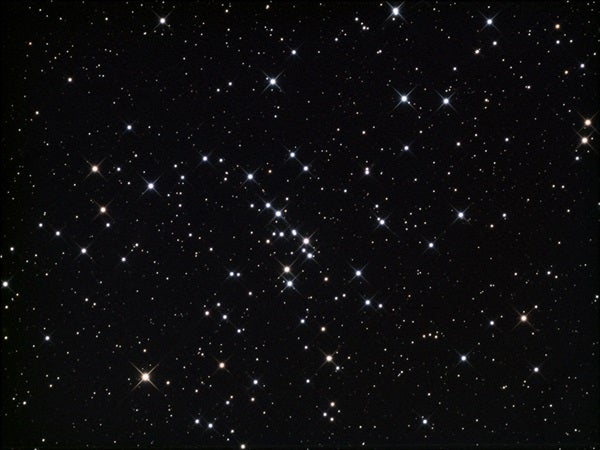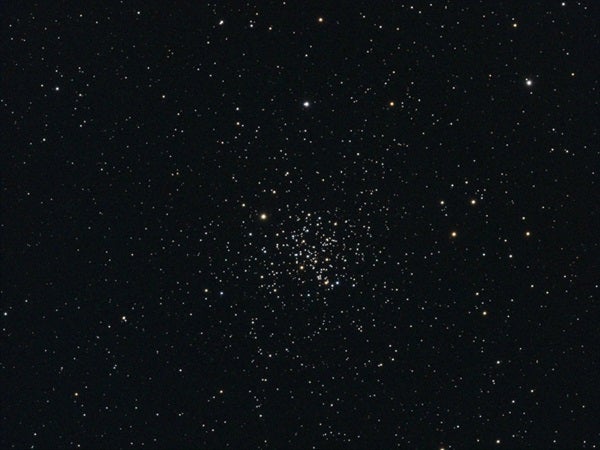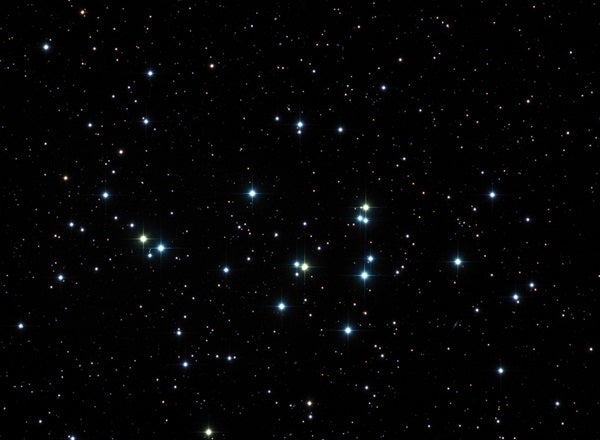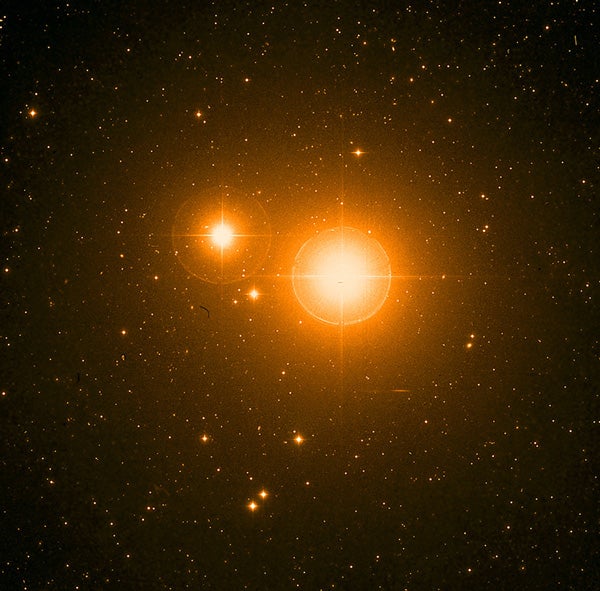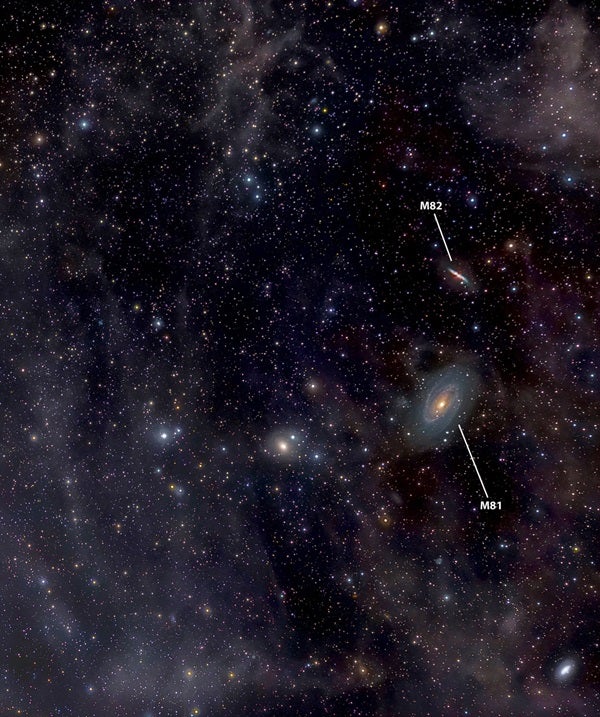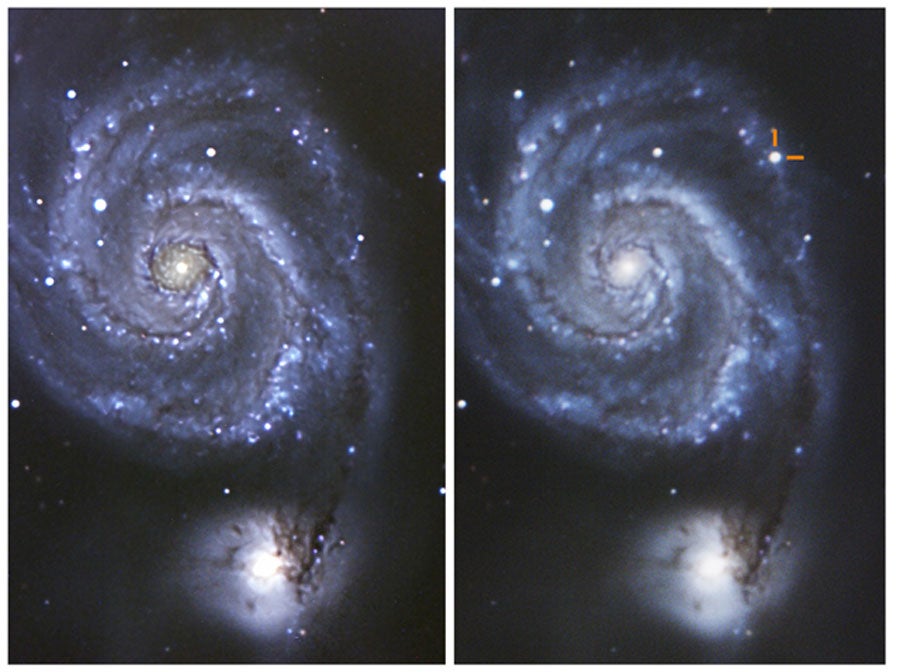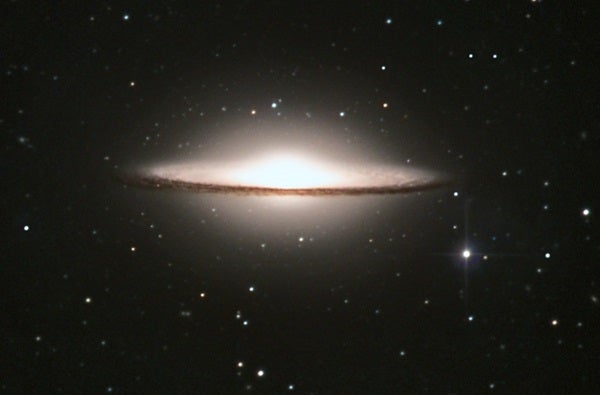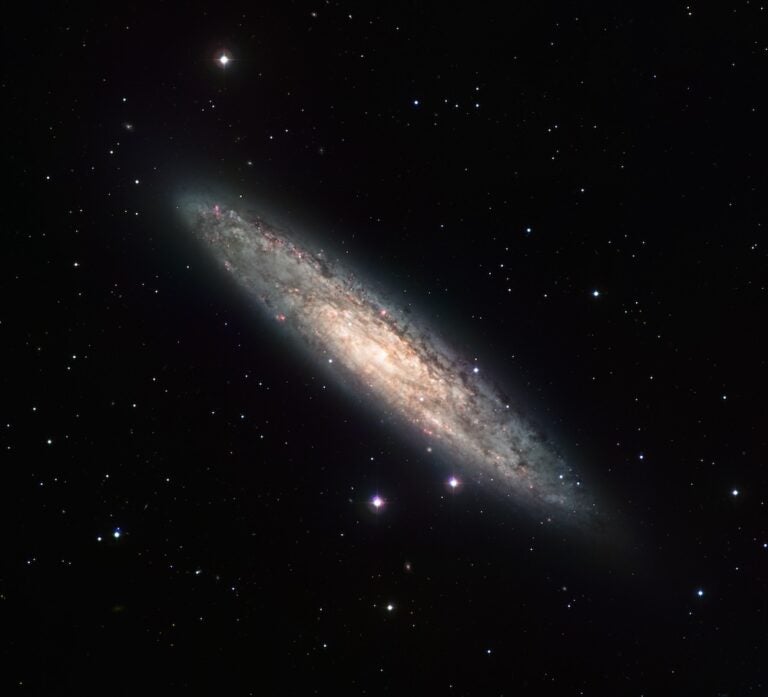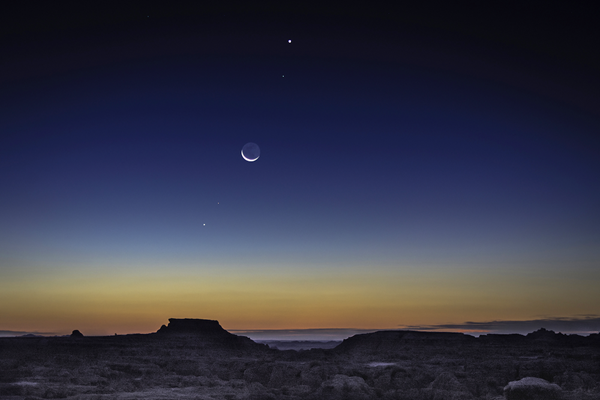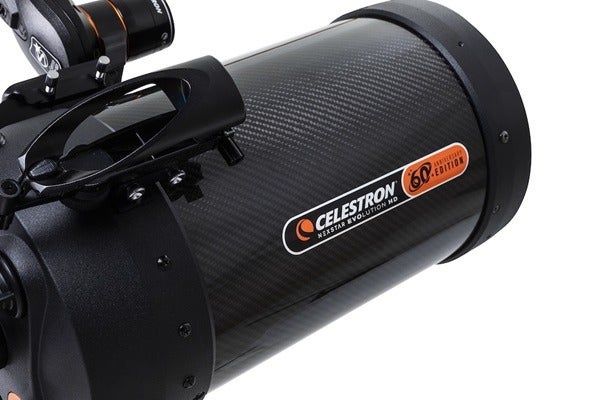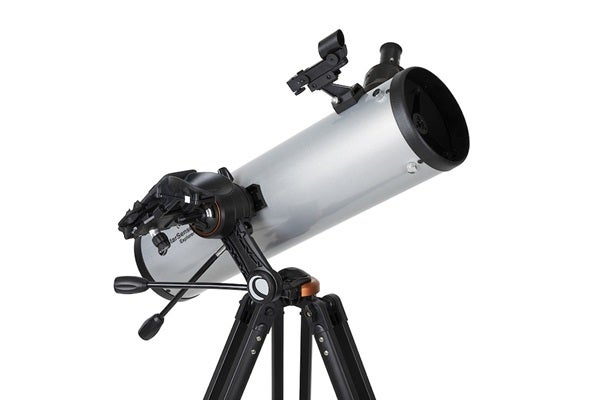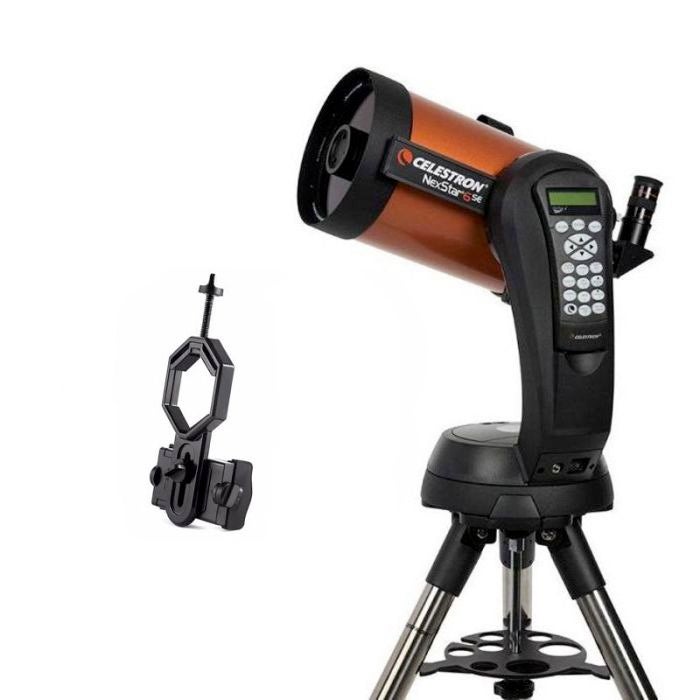As overnight temperatures begin to warm north of the equator, our evening window slowly closes on the winter Milky Way and opens toward the depths of intergalactic space. Indeed, spring gives us a taste of a wide range of binocular targets both near and far.
Let’s begin with M48, an open cluster that observers often ignore. Finding M48 is surprisingly easy if you use the head of Hydra as an arrow. Draw a line from Zeta (ζ) through Eta (η) Hydrae, and continue toward the southwest another 3 times the distance between those stars. As you near the cluster, you will pass an equilateral triangle of stars in the neighboring constellation Monoceros. M48 looks like a dim mist of unresolved starlight through 10×50 binoculars, with three or four faint stars buried within.
You also can use Hydra’s head to find open cluster M67 in Cancer the Crab. This time, draw an arrow northward from Eta to Epsilon (ε) Hydrae, and then toward magnitude 4.3 Acubens (Alpha [α] Cancri). M67 sits less than 2° due west of Acubens and looks like a misty glow through most binoculars. One or two dim points just peek out if you use averted vision and brace your binoculars.
Next, let’s visit one of the finest binocular sights anywhere in the sky, M44, the Beehive Cluster. Visible to the naked-eye as a faint cloud floating in Cancer, M44 explodes into dozens of stars through just about any binoculars. Nine of the brightest stars near the cluster’s center form a V-shaped asterism that I think of as the Crab’s heart. The pointy tip of the heart is actually a tight triangle of three stars known as Burnham 584. Also look for an eye-catching pair of stars just north of the cluster’s center.
Although they aren’t physically related, Alcor (80 Ursae Majoris) and Mizar (Zeta Ursae Majoris) still form spring’s finest binocular double star. Marking the bend in the Big Dipper’s handle, Mizar, the brighter of the two, shines at 2nd magnitude, while Alcor glows at 4th magnitude, about one-sixth as bright. A distance of 11.8′ separates the pair, which is wide enough for them to put on a show through any binoculars.
Although galaxies fill the spring sky, few are bright enough to show through normal binoculars. Two that break the rule are the galactic odd couple M81 and M82, also known as Bode’s Galaxy and the Cigar Galaxy, respectively. They float in the empty region northwest of the Big Dipper’s bowl, not far from the star 24 Ursae Majoris. Spiral galaxy M81 looks like a small, oval glow through binoculars, while irregular galaxy M82 is a dimmer splinter of light just to its north.
Our next target is M51, the magnificent Whirlpool Galaxy. It lies about half a binocular field west-southwest of Alkaid (Eta Ursae Majoris), which lies at the end of the Big Dipper’s handle. M51 appears round at first, but look carefully and you might notice a bump protruding from its northern side. That bump is M51’s famous companion galaxy, NGC 5195. Because NGC 5195 shines modestly at magnitude 9.6, seeing it will require at least 10×50 binoculars and a steady sky.
Next, scan slowly back and forth halfway between Arcturus (Alpha Boötis) and Cor Caroli (Alpha Canum Venaticorum) until you spot a right triangle of dim stars pointing southeast. Look carefully and you’ll discover the point marking the right angle is not a star at all. It’s M3, spring’s premier globular cluster. Although binoculars cannot resolve any of the cluster’s hundreds of thousands of stars, it’s still a fun object to observe.
Focus now on the seemingly empty area bounded by the Big Dipper to the north, Leo to the west, and Boötes to the east. Under a dark sky, your eyes will detect a faint mist floating among the dim stars that light the region. According to legend, that’s the hair of Queen Berenice of Cyrene. We know it today as the Coma Berenices Star Cluster. Binoculars immediately resolve the Queen’s locks into several dozen stars, with the brightest forming a pattern resembling the lower-case Greek letter Lambda (λ).
Finally, point your binoculars toward magnitude 2.6 Gienah (Gamma [γ] Corvi), the northwestern star in Corvus the Crow’s trapezoidal frame. Just to its north, a 6th-magnitude star is the first in a line of five that extends to the northeast. Together with a small triangle of stars beyond the line’s end, they form an obvious arrow-shaped asterism. The arrow points toward a small knot of faint stars and, just beyond, to M104, the Sombrero Galaxy.
Most binoculars reveal a tiny oval disk punctuated by a brighter core. The dark band that slices across the Sombrero’s brim — and which every image of M104 shows — will only reveal itself through 20×80 and larger binoculars.
These are just a few of my favorite springtime binocular treats. On the next clear night, head outside and see how many you can find. You’ll soon know why I always say that, when it comes to stargazing, two eyes are better than one.

